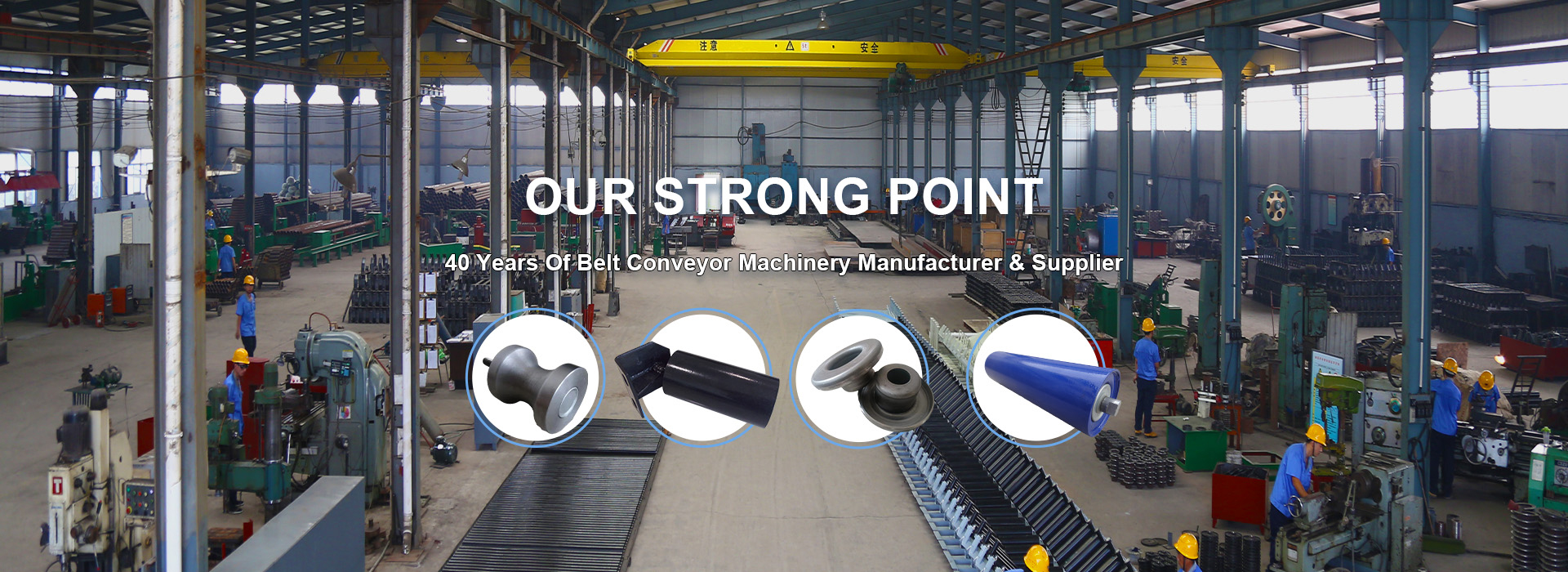 Afrikaans
Afrikaans  Albanian
Albanian  Amharic
Amharic  Arabic
Arabic  Armenian
Armenian  Azerbaijani
Azerbaijani  Basque
Basque  Belarusian
Belarusian  Bengali
Bengali  Bosnian
Bosnian  Bulgarian
Bulgarian  Catalan
Catalan  Cebuano
Cebuano  Corsican
Corsican  Croatian
Croatian  Czech
Czech  Danish
Danish  Dutch
Dutch  English
English  Esperanto
Esperanto  Estonian
Estonian  Finnish
Finnish  French
French  Frisian
Frisian  Galician
Galician  Georgian
Georgian  German
German  Greek
Greek  Gujarati
Gujarati  Haitian Creole
Haitian Creole  hausa
hausa  hawaiian
hawaiian  Hebrew
Hebrew  Hindi
Hindi  Miao
Miao  Hungarian
Hungarian  Icelandic
Icelandic  igbo
igbo  Indonesian
Indonesian  irish
irish  Italian
Italian  Japanese
Japanese  Javanese
Javanese  Kannada
Kannada  kazakh
kazakh  Khmer
Khmer  Rwandese
Rwandese  Korean
Korean  Kurdish
Kurdish  Kyrgyz
Kyrgyz  Lao
Lao  Latin
Latin  Latvian
Latvian  Lithuanian
Lithuanian  Luxembourgish
Luxembourgish  Macedonian
Macedonian  Malgashi
Malgashi  Malay
Malay  Malayalam
Malayalam  Maltese
Maltese  Maori
Maori  Marathi
Marathi  Mongolian
Mongolian  Myanmar
Myanmar  Nepali
Nepali  Norwegian
Norwegian  Norwegian
Norwegian  Occitan
Occitan  Pashto
Pashto  Persian
Persian  Polish
Polish  Portuguese
Portuguese  Punjabi
Punjabi  Romanian
Romanian  Russian
Russian  Samoan
Samoan  Scottish Gaelic
Scottish Gaelic  Serbian
Serbian  Sesotho
Sesotho  Shona
Shona  Sindhi
Sindhi  Sinhala
Sinhala  Slovak
Slovak  Slovenian
Slovenian  Somali
Somali  Spanish
Spanish  Sundanese
Sundanese  Swahili
Swahili  Swedish
Swedish  Tagalog
Tagalog  Tajik
Tajik  Tamil
Tamil  Tatar
Tatar  Telugu
Telugu  Thai
Thai  Turkish
Turkish  Turkmen
Turkmen  Ukrainian
Ukrainian  Urdu
Urdu  Uighur
Uighur  Uzbek
Uzbek  Vietnamese
Vietnamese  Welsh
Welsh  Bantu
Bantu  Yiddish
Yiddish  Yoruba
Yoruba  Zulu
Zulu conveyor head and tail pulley
Understanding Conveyor Head and Tail Pulleys Key Components of Conveyor Systems
Conveyor systems are indispensable in various industries, providing efficient, automated transport of materials. Among the most crucial components of these systems are the head and tail pulleys. Understanding their functions and significance is essential for anyone involved in material handling or conveyor system design.
What are Conveyor Pulleys?
Conveyor pulleys are cylindrical devices used to redirect or support the conveyor belt. The head pulley, typically located at the discharge end of the conveyor, plays a critical role in the functioning of the system. In contrast, the tail pulley is located at the loading end, serving as an anchor for the belt and providing tension.
Head Pulley The Powerhouse of the Conveyor System
The head pulley is the driving force of the conveyor system. It is often powered by a motor that transmits torque to the pulley, which, in turn, moves the belt and any materials it carries. The head pulley can be of various types, including magnetic, lagged, or crowned, depending on the specific application.
One primary function of the head pulley is to facilitate the discharge of materials from the conveyor. As the belt wraps around the head pulley, it elevates the materials to the desired height and then releases them at a specific location. This makes the head pulley crucial in systems designed for bulk material handling.
Tail Pulley The Structural Backbone
conveyor head and tail pulley

While the head pulley is responsible for moving the belt forward, the tail pulley provides necessary support and tension. Typically stationary, the tail pulley also plays an essential role in the belt's tracking and alignment. An improperly aligned tail pulley can lead to excessive wear on the belt, increasing maintenance costs and reducing the lifespan of the system.
The design of the tail pulley often varies depending on the application. For example, a tail pulley in a heavy-duty system may require additional reinforcement to withstand the stresses of high load capacities. This adaptability demonstrates the importance of considering the type of materials transported and the overall workload when selecting tail pulleys.
Maintenance and Efficiency
To ensure the longevity and efficiency of a conveyor system, regular maintenance of the head and tail pulleys is paramount. This includes checking for wear and tear, alignment issues, and proper lubrication. Neglected pulleys can lead to belt slippage, increased energy consumption, and costly operational downtime.
Moreover, advancements in technology have led to innovative pulley designs that enhance efficiency. For example, the integration of sensors and automated monitoring systems allows for real-time tracking of pulley conditions, enabling proactive maintenance and reducing the likelihood of unexpected failures.
Conclusion
Head and tail pulleys are vital components of conveyor systems, each serving distinct yet complementary functions. The head pulley drives the mechanism, delivering materials to required locations, while the tail pulley offers support and stability, ensuring smooth operation. Proper selection, maintenance, and monitoring of these pulleys are critical for the efficiency and longevity of conveyor systems.
In industries where material handling is integral to operations, understanding the role of conveyor head and tail pulleys can lead to improved productivity and reduced costs. As technologies evolve, the importance of these components remains steadfast, emphasizing the need for continuous innovation and adaptation in conveyor design and maintenance practices. Through careful consideration and attention, businesses can optimize their conveyor systems and achieve greater operational success.
-
Revolutionizing Conveyor Reliability with Advanced Rubber Lagging PulleysNewsJul.22,2025
-
Powering Precision and Durability with Expert Manufacturers of Conveyor ComponentsNewsJul.22,2025
-
Optimizing Conveyor Systems with Advanced Conveyor AccessoriesNewsJul.22,2025
-
Maximize Conveyor Efficiency with Quality Conveyor Idler PulleysNewsJul.22,2025
-
Future-Proof Your Conveyor System with High-Performance Polyurethane RollerNewsJul.22,2025
-
Driving Efficiency Forward with Quality Idlers and RollersNewsJul.22,2025





























